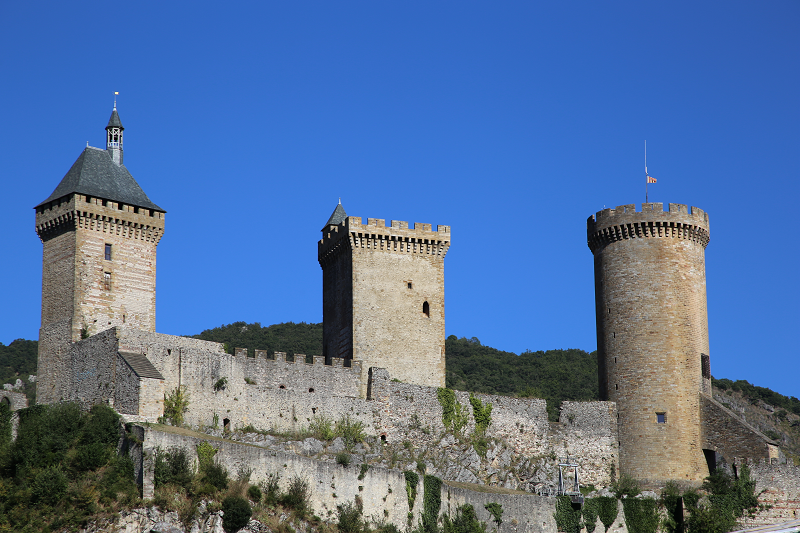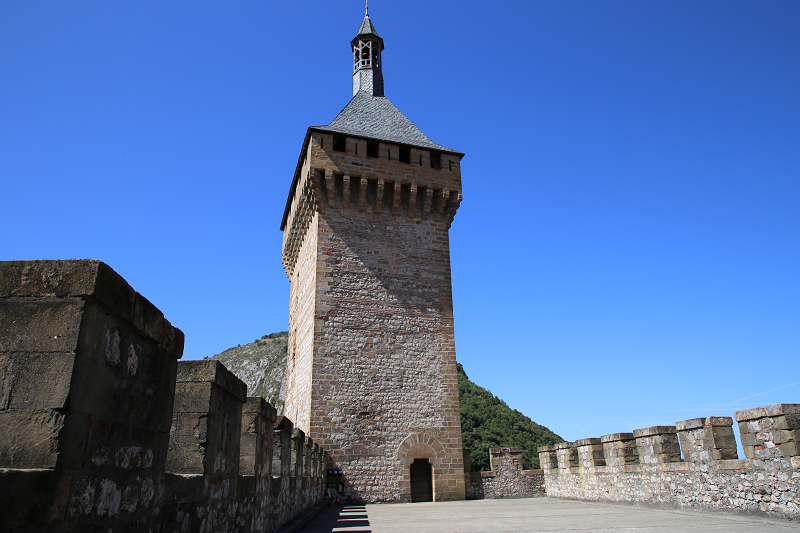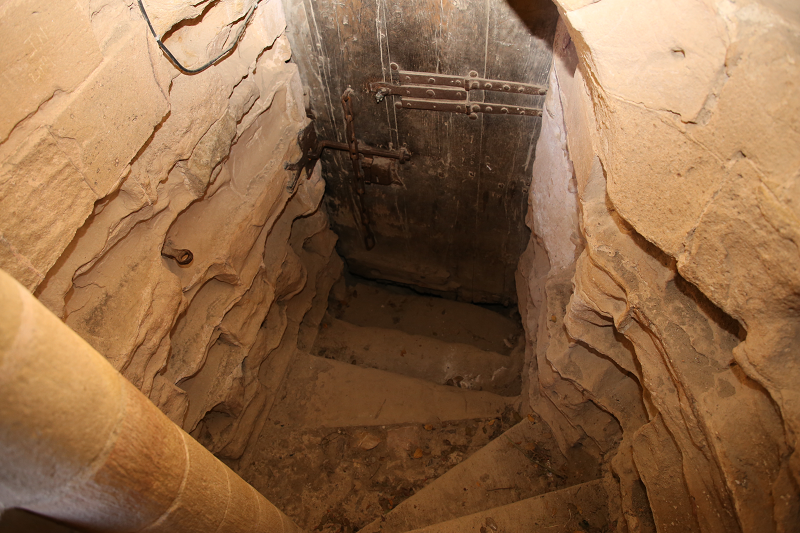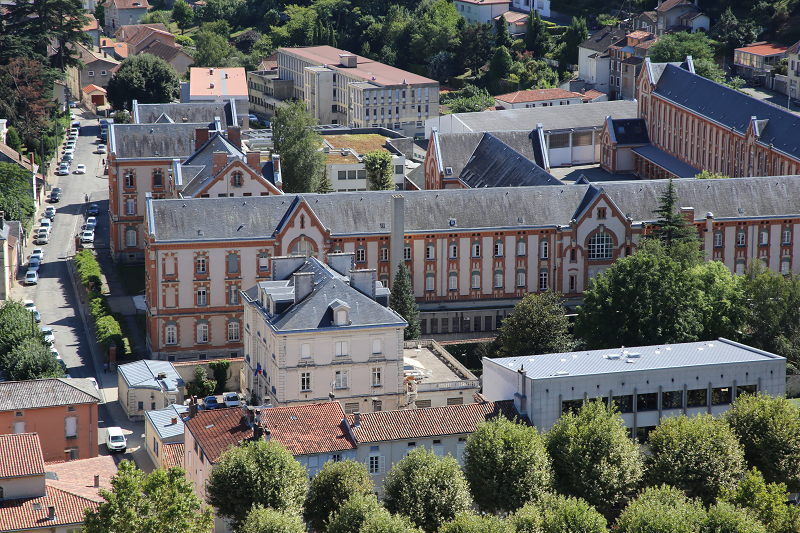
Foix – the most touristy city of Ariège (France)
Foix is a city in which (2018) 9,721 people live. It is part of an agglomeration called Country Foix Varilhes (32,000 inhabitants), which, in turn, is part of the Ariège department, with a population of 160,000 inhabitants.
About 90,000 tourists visit the city annually.
The political structure (as of November 2018): the Municipal Council of Foix is made up of 29 municipal councilors, most of whom (24 councilors) are socialists associated with the Europe-écologie-les Verts (left) party. There are 3 elected Republicans (right) and 2 representatives of France’s insoumise (extreme left). Members of the municipal council are elected for a term of 6 years. The next elections will be held in March 2020.
Initially, on the rocky hill where the Château de Foix castle is now located, the Romans built the first defensive fortress. The city of Foix owes its origin to the construction of Charlemagne’s chapel, which later (849) became the abbey of Saint Volusien.

The founding of the abbey in 849 caused an active city life to begin in the town and its surroundings in the 10th century up to the 12th century. The city reached its peak in the fourteenth century.
In 1536, the first sermon of the Reformation began in Foix, and in 1579 the church of Montgauz was destroyed. The same fate awaited the abbey and its church in 1581.
The following year, Foix was restored by the Catholics, and in 1589, Count of Foix, Henry the Great, King of Navarre, was crowned king of France and became Henry IV.
Sights and what to see?
Among the main attractions of the city is the castle (Chateau de Foix). The documented history of the castle begins in 987. From 1034, it became the main citadel of the county of Foix, which played a prominent role in the history of medieval France. Since the 1890s, it has been one of France’s monuments of history and culture.

Today, the Chateau de Foix is one of the most interesting sights in the Southern Pyrenees. This majestic citadel, towering on a rocky hill above the city of the same name, is listed by the French Ministry of Culture on the list of monuments of national importance. The three towers – the main architectural elements of this castle – are examples of fortification art from different periods. The two square towers belong to the XII century, and a large round tower was built in the XV century.

Chateau de Foix, whose foundation dates back to the tenth century, was a strong fortress that withstood Simon de Montfort IV’s repeated attacks between 1211 and 1217 during the Albigoi crusade.

In 1272, when Count Foix refused to recognize the sovereignty of the king of France, Philip “Bald” personally took over the leadership of the expedition against the city, after which the count gave up.

In 1290, at a meeting in the Béarn district and the county of Foix, the city was practically abandoned by the counts. Gaston the Third was the last to live in the castle, and by the sixteenth century the castle had lost its military purpose.

Subsequently, the castle was used as a prison until 1864.

Other interesting attractions to see include:
The court building (1811) – the governor’s palace of Foix, which then became the property of the state.
Arget Square: an 18th century stone fountain (made of sandstone)
Arget Square: an 18th century stone fountain (made of sandstone)

Street Rue des Chapeliers – in house number 23 the hotel Sere-Treville (belonged to the family of Treville, captain of the musketeers of the king, a friend of D’Artagnan) was previously located.
Rue du Palais de Justice is the first residential street of the city where the first church of Foix was built.
Rue de l’Arget street – here there are two medieval towers
Rue de la préfecture street – a house with caryatids
Комментариев нет:
Отправить комментарий